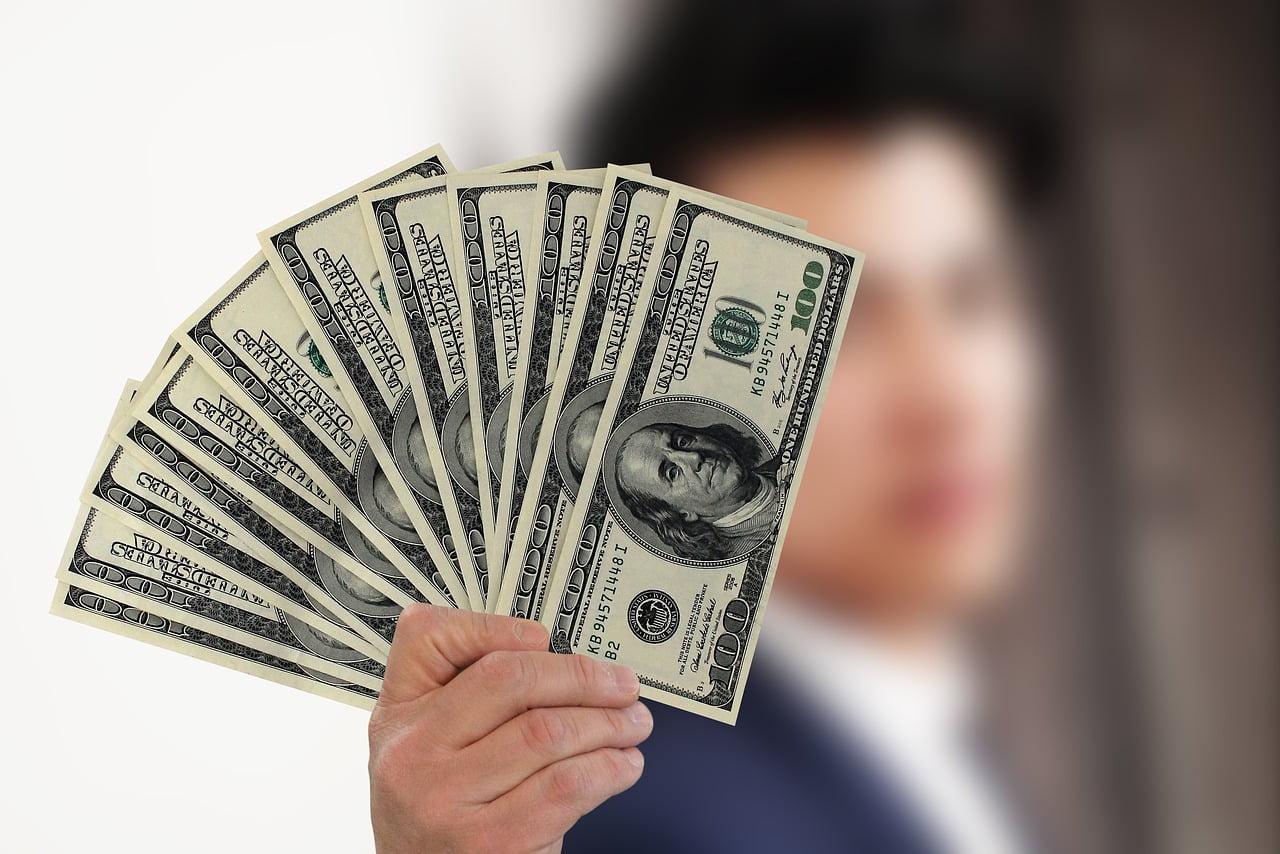Many Americans continue to hold out hope for a second IRS stimulus check. One thing lawmakers will be looking at as they debate whether to send a second IRS stimulus check is how the first check was spent. We’re starting to get more and more data on what the first round of coronavirus stimulus checks was used for.
Q1 2020 hedge fund letters, conferences and more
Fox Business uncovered a study conducted by Columbia University's Center on Poverty and Social Policy. The study reveals that the poverty rate held mostly steady at 12.7%. Without the $2.2 trillion CARES Act, the poverty rate in the U.S. would've climbed from 12.8% to 16.3% due to the coronavirus pandemic.
Data from the U.S. Census Bureau indicates that the poverty level peaked at about 16% during the 2008 financial crisis. That makes it clear that the unprecedented stimulus this time around has made a huge difference in the lives of Americans.
Individuals are living below the poverty line of they earn less than $12,760 per year. A family of four is living under the poverty line if they make less than $26,200, according to the Department of Health and Human Services.
In addition to the first round of coronavirus stimulus checks, the CARES Act also added $600 to weekly unemployment benefits and established the Paycheck Protection Program for small businesses. The first round of stimulus checks amounted to $1,200 for individuals earning up to $75,000 and $2,400 for couples earning up to $150,000.
Those who make more than those amounts received less money, and the payments phased out completely at $99,000 in income for individuals or $198,000 for couples.
Other effects of the first IRS stimulus check
Columbia University researchers said the first round of stimulus checks and increase in unemployment benefits should provide up to $500 billion in income transfers this year. That's more than the total of all spending on non-retirement income transfers last year.
Their estimates assume "medium access" to the monetary benefits, or that 70% of eligible individuals received a stimulus check and 60% of unemployed Americans received the increased unemployment benefits. At the beginning of June, the IRS reported that it had sent out about 159 million economic impact payments worth about $267 billion.
Will there be a second IRS stimulus check?
The big debate now is whether there will be a second IRS stimulus check. The researchers note that the benefits from the CARES Act are concentrated in the first half of the year. The extra unemployment benefit expires at the end of July.
"If the crisis and its effects on the labor market are prolonged, the regular provision of support to low-income families will likely be needed throughout the crisis to prevent future increases in poverty," the researchers wrote.
Lawmakers from both parties are starting to agree that a phase four stimulus package is needed, but they are divided on what should be included in the bill. President Donald Trump said they will send a second IRS stimulus check to Americans and that the next stimulus package will be "very generous."
House Democrats want to send a second IRS stimulus check worth $1,200 per adult and dependent, casting a wider net for eligibility. However, Senate Democrats and the Republicans who do support a second IRS stimulus check believe it should be more targeted to those who need it most.
That could mean those who are unemployed will receive a second IRS stimulus check, although it is possible that lower-income households will receive one as well. The Senate isn't planning to take up debate on the phase four stimulus package until at least July 20.
Until then, we will continue to listen to what lawmakers and White House advisers have to say about a second IRS stimulus check and future stimulus plans. Lawmakers will undoubtedly be watching the economy for clues about how the recovery from the pandemic is going.






